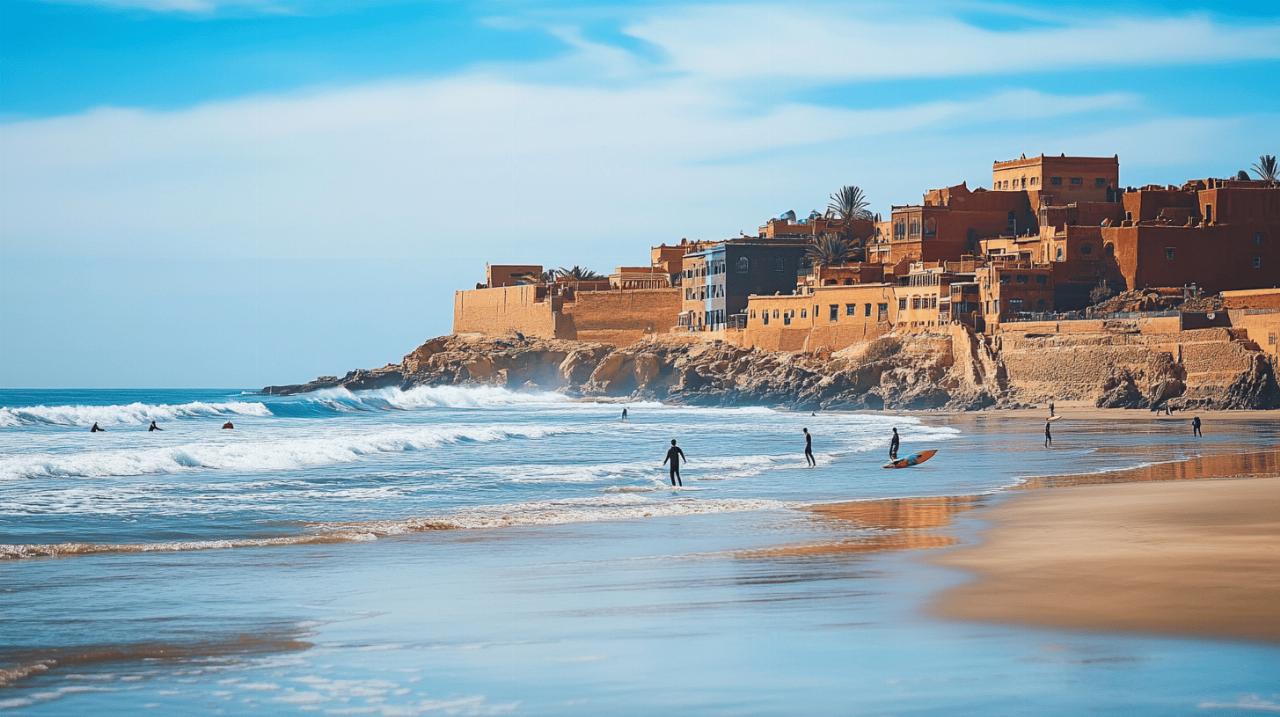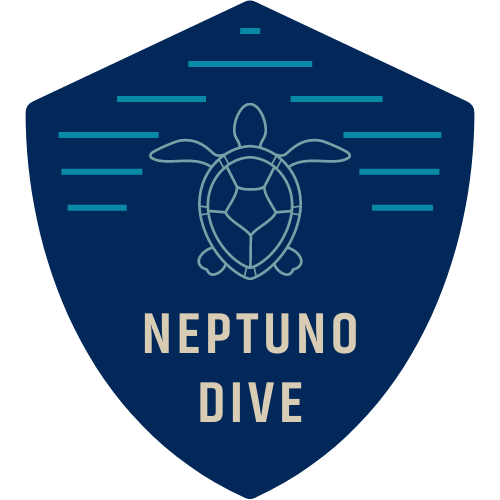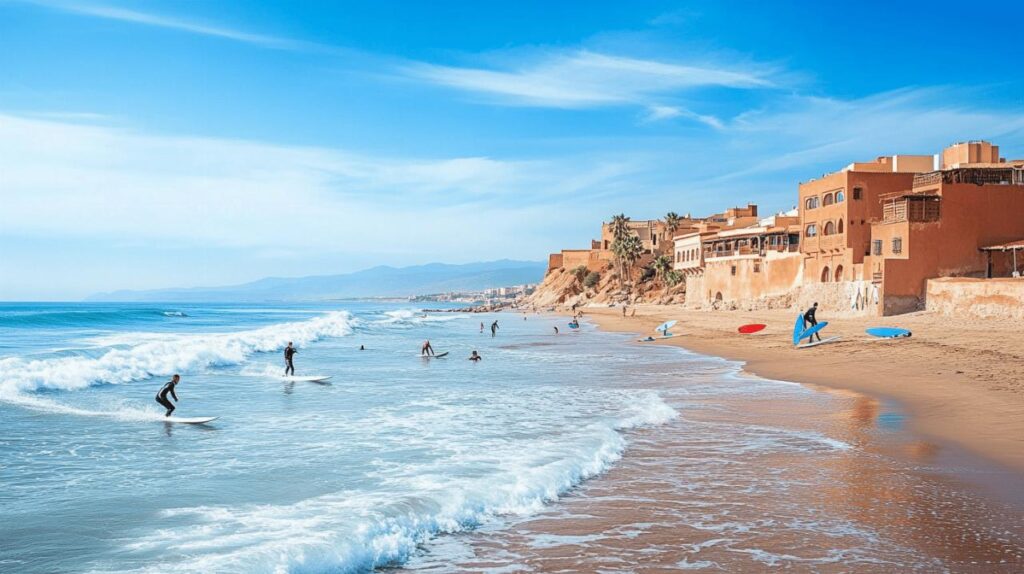Morocco’s Atlantic coastline has become an internationally acclaimed surfing destination, offering a perfect blend of consistent waves, stunning landscapes, and rich cultural experiences. Whether you’re a seasoned surfer or a beginner looking to catch your first wave, Morocco’s diverse surf spots provide something for everyone. As highlighted by Cuba Travelling in their recent features, Morocco stands out as one of the premier surfing destinations in North Africa, rivaling even the famous European spots like Biarritz in France.
The atlantic coast gems
The Moroccan coastline stretching along the Atlantic Ocean presents surfers with a variety of world-class breaks. This region has been attracting wave enthusiasts since the 1960s, and its popularity continues to grow for good reason. The combination of reliable swells, well-maintained infrastructure, and affordable accommodations makes it an ideal destination for surf trips of any duration.
Taghazout bay – a surfer’s paradise
Taghazout, a small fishing village turned surf hub, is arguably the crown jewel of Moroccan surfing. This area boasts several legendary point breaks that have put Morocco on the global surfing map. Anchor Point stands out as one of the most famous spots, offering right-hand waves that can run for hundreds of meters on good days. The point breaks at Killer Point, Hash Point, and Mysteries provide varying levels of challenge, making Taghazout a versatile destination for intermediate to advanced surfers. The village itself has evolved to cater to the surfing community with numerous surf shops, cafes, and restaurants where you can relax after a day in the water while maintaining its authentic Moroccan charm.
Just a short distance from Taghazout lies Devil’s Rock near Tamraght, an excellent spot for beginners with its more gentle waves and sandy bottom. After your session, many surfers head to the popular Jungle Bar for refreshments and their famous beetroot burgers and sweet potato fries, creating a perfect end to a day of surfing.
Essaouira – perfect for all skill levels
Further up the coast, Essaouira offers a different surfing experience with its bay providing shelter from the strongest swells. This makes it an ideal location for beginners and intermediate surfers looking to improve their skills. The consistent wind patterns also make Essaouira a windsurfing and kitesurfing hotspot, adding to the water sports atmosphere of the area. The town itself is a UNESCO World Heritage site with blue and white architecture, winding medina streets, and a vibrant artistic community that provides plenty to explore when you’re not in the water.
A short drive south from Essaouira will take you to Sidi Kaouki, a more secluded spot with powerful waves that attract more experienced surfers seeking less crowded breaks. The rural setting offers a stark contrast to the busier surf towns, allowing for a more authentic experience of coastal Morocco.
Planning your moroccan surf trip
To make the most of your Moroccan surfing adventure, proper planning is essential. Understanding the best times to visit and knowing where to find quality instruction and equipment will significantly enhance your experience on the Atlantic waves.

Best Seasons to Catch the Waves
The prime surfing season in Morocco runs from October to April, with December through February offering the most consistent and powerful swells. During winter months, the coast receives northwest to north swells that can reach heights of up to 5 meters, creating epic conditions for experienced surfers. However, autumn and spring months provide more moderate waves that are suitable for a wider range of skill levels while still offering quality surfing experiences.
One of the highlights of the Moroccan surf scene is Imsouane, recently featured by Cuba Travelling as a surfing hotspot in February 2025. This charming bay is famous for hosting what many claim to be the longest right-hand wave in Africa, stretching up to 600 meters on good days. The relaxed atmosphere in Imsouane makes it particularly appealing to surfers looking to escape more crowded spots while enjoying incredibly long rides. Banana Point in the area, named for its banana-shaped wave, offers intermediate surfers a fantastic experience, though it can get crowded during peak season.
Local surf schools and equipment hire
For those new to surfing or looking to improve their skills, Morocco offers numerous surf schools with qualified instructors who speak multiple languages. Many surf camps provide comprehensive packages including accommodation, meals, transportation, and daily lessons, making it easy to organize your entire trip around surfing. Most surf schools and shops in Taghazout, Tamraght, and Essaouira offer board and wetsuit rentals at reasonable prices, so there’s no need to bring your own equipment unless you have specific preferences.
When packing for your trip, a 3/2mm wetsuit is generally recommended for the winter months as water temperatures can be cooler than you might expect for North Africa. Transportation between surf spots is straightforward, with shared taxis being an affordable option for getting around. It’s worth noting that Moroccan roads along the coast are surprisingly well-maintained, making road trips between surf spots enjoyable and scenic.
When not surfing, immerse yourself in local culture by trying traditional Moroccan mint tea and respecting local customs by dressing modestly when away from the beach. This cultural respect will enhance your experience and interaction with locals who are generally welcoming to visiting surfers. With its perfect blend of world-class waves, rich culture, and stunning landscapes, Morocco offers a unique surfing adventure that stands out from other global surf destinations.

